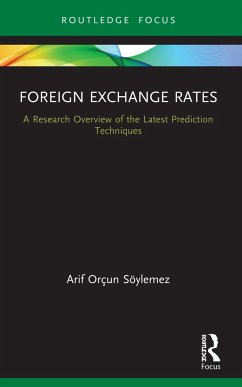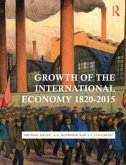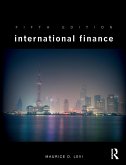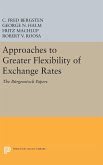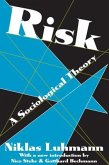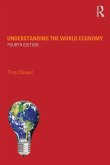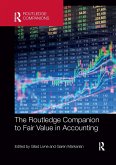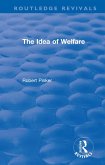Predicting foreign exchange rates has presented a long-standing challenge for economists. However, the recent advances in computational techniques, statistical methods, newer datasets on emerging market currencies, etc., offer some hope. While we are still unable to beat a driftless random walk model, there has been serious progress in the field. This book provides an in-depth assessment of the use of novel statistical approaches and machine learning tools in predicting foreign exchange rate movement.
First, it offers a historical account of how exchange rate regimes have evolved over time, which is critical to understanding turning points in a historical time series. It then presents an overview of the previous attempts at modeling exchange rates, and how different methods fared during this process. At the core sections of the book, the author examines the time series characteristics of exchange rates and how contemporary statistics and machine learning can be useful in improving predictive power, compared to previous methods used.
Exchange rate determination is an active research area, and this book will appeal to graduate-level students of international economics, international finance, open economy macroeconomics, and management. The book is written in a clear, engaging, and straightforward way, and will greatly improve access to this much-needed knowledge in the field.
First, it offers a historical account of how exchange rate regimes have evolved over time, which is critical to understanding turning points in a historical time series. It then presents an overview of the previous attempts at modeling exchange rates, and how different methods fared during this process. At the core sections of the book, the author examines the time series characteristics of exchange rates and how contemporary statistics and machine learning can be useful in improving predictive power, compared to previous methods used.
Exchange rate determination is an active research area, and this book will appeal to graduate-level students of international economics, international finance, open economy macroeconomics, and management. The book is written in a clear, engaging, and straightforward way, and will greatly improve access to this much-needed knowledge in the field.

